Bird feeding is a popular pastime that connects people with nature and provides essential support for local bird populations. While many enthusiasts focus on choosing the right seed mix or feeder design, one crucial aspect often overlooked is the practice of rotating bird feeders. This simple maintenance routine can make a significant difference in both bird health and your bird-watching experience. From preventing disease spread to attracting diverse species, rotating your feeders offers numerous benefits that enhance your bird-feeding journey and supports avian conservation efforts in your backyard.
Understanding the Importance of Feeder Rotation
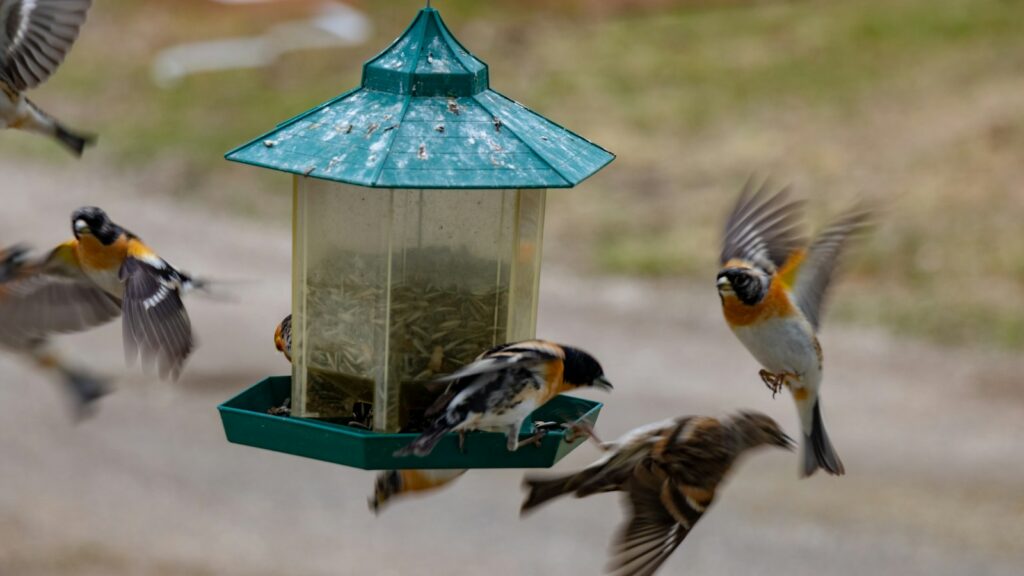
Feeder rotation involves moving feeders to different locations around your property or temporarily removing some while putting out others on a regular schedule. This practice is recommended by ornithologists and wildlife experts as an essential component of responsible bird feeding. When birds congregate in the same location day after day, they create conditions that can become problematic over time. The accumulation of droppings, seed hulls, and other debris beneath a static feeder location creates a perfect environment for bacteria, fungi, and parasites to flourish. By implementing a thoughtful rotation system, you disrupt these potential disease vectors while giving your yard time to naturally process the organic matter that accumulates around feeding stations.
Preventing Disease Transmission
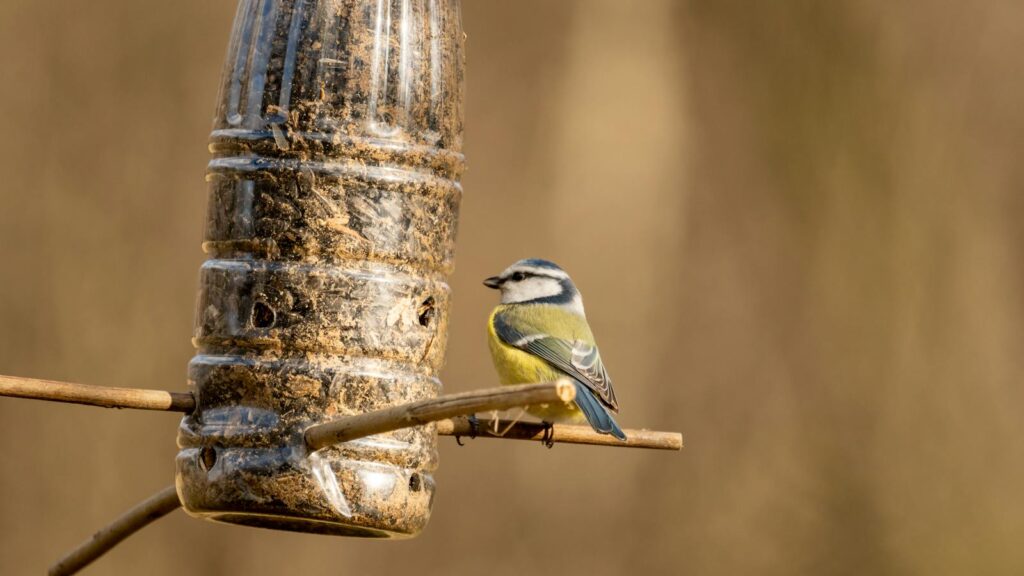
One of the most compelling reasons to rotate your bird feeders is to minimize disease transmission among your feathered visitors. When birds gather in concentrated numbers at a single location for extended periods, the risk of spreading diseases like avian conjunctivitis, salmonellosis, and aspergillosis increases dramatically. These illnesses can devastate local bird populations, with some outbreaks capable of affecting birds across entire regions. Rotation helps prevent the buildup of pathogens in soil and on feeding surfaces by allowing natural UV exposure and weather patterns to sanitize areas between uses. This simple practice creates a healthier environment for birds and reduces the likelihood that your feeding station will become a disease hotspot.
Reducing Parasite Buildup
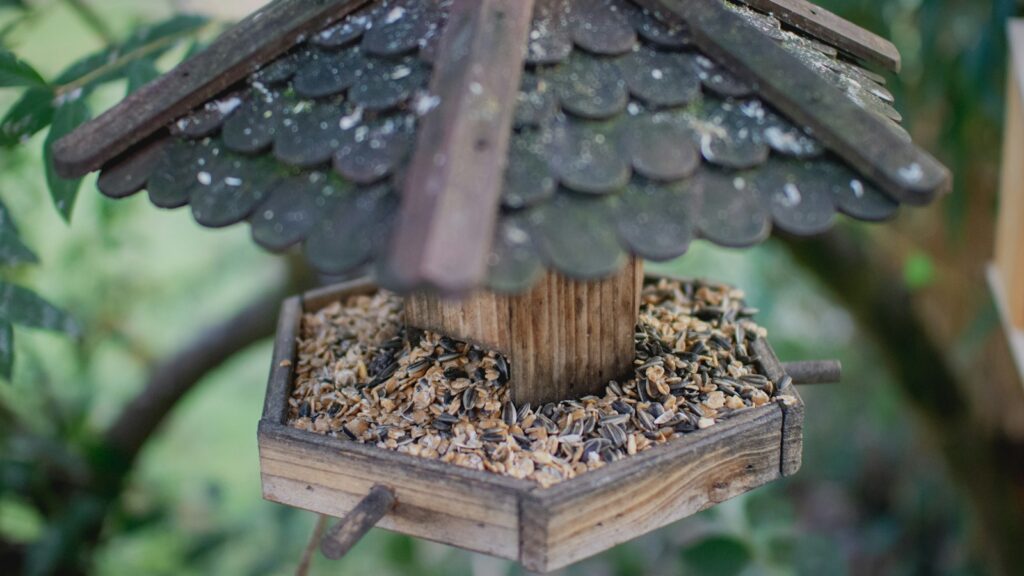
Parasites pose another significant threat to birds that frequent feeders, with mites, lice, and various worms easily transferring between individuals in crowded feeding conditions. These parasites thrive in the accumulated waste beneath permanently positioned feeders, creating a reservoir of infestation that can weaken birds’ immune systems and overall health. By rotating feeders to different locations, you help break the life cycle of these parasites by removing their habitat and food sources. The ground beneath previous feeder locations has time to dry out, be exposed to sunlight, and undergo natural cleansing processes. Many experienced bird enthusiasts maintain at least three different feeding stations that they rotate through, ensuring each location remains fallow for sufficient time to reduce parasite populations.
Encouraging Natural Foraging Behaviors
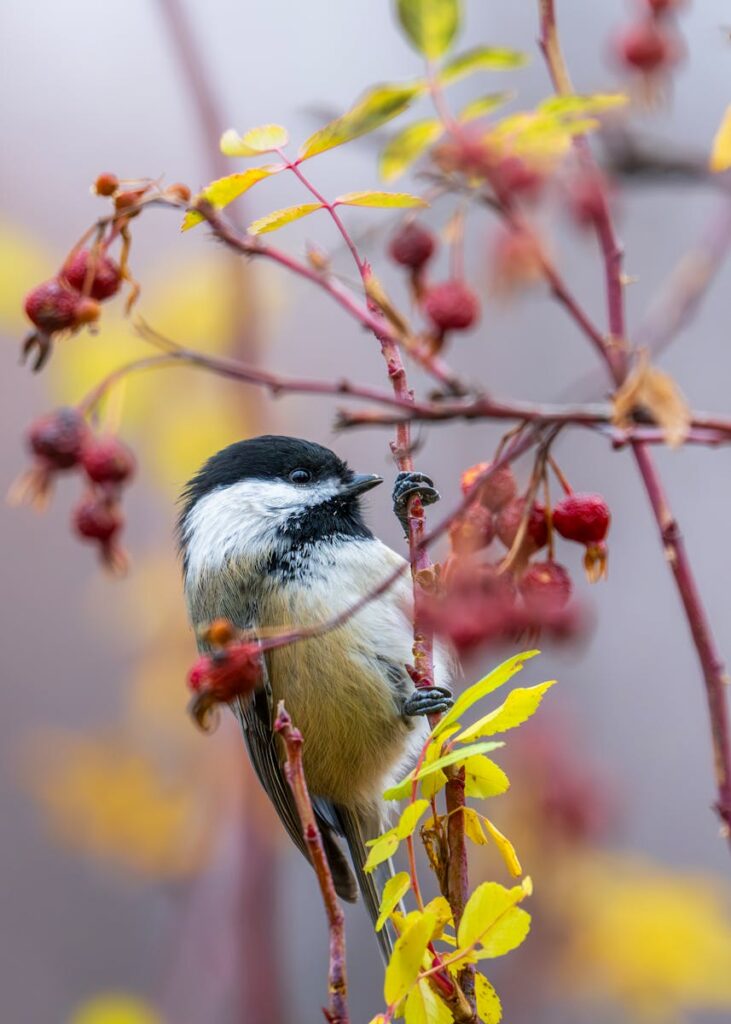
Birds evolved to forage widely across varied habitats, not to return to the same exact location day after day. When feeders remain stationary for too long, birds may become overly dependent on that specific food source and location. Rotating feeders encourages birds to maintain their natural foraging instincts and behaviors by introducing a dynamic element to their feeding routine. This variation helps birds exercise their problem-solving skills and adaptive capabilities, which are crucial for their survival in changing environments. Researchers have observed that birds visiting rotating feeder systems typically maintain more diverse foraging patterns and are better equipped to find alternative food sources when necessary, such as during feeder maintenance periods or if you happen to run out of seed.
Attracting a Greater Diversity of Species

Different bird species have varying comfort levels with feeder locations based on factors like height, proximity to cover, visibility, and surrounding vegetation. By rotating feeders to different positions around your property, you create opportunities to attract species that might avoid your current setup. For example, moving a feeder closer to dense shrubbery might suddenly attract shy birds like towhees or thrushes that prefer feeding near protective cover. Alternatively, positioning a feeder in a more open area might draw in larger birds like cardinals or grosbeaks that need more space to maneuver. Strategic rotation allows you to experiment with different microhabitats within your yard, potentially increasing your bird list significantly over time as you discover which species prefer which configurations.
Preventing Territorial Domination
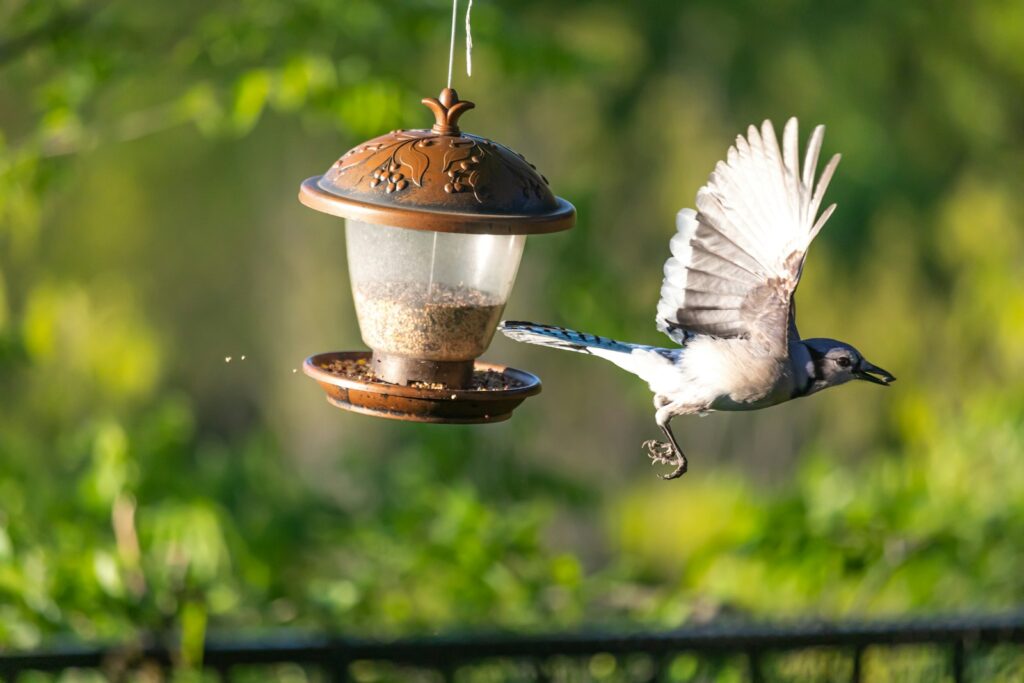
Anyone who has maintained bird feeders for an extended period has likely witnessed how certain individual birds or species can become territorial and dominate a feeding station. This behavior can discourage other birds from visiting and reduce the diversity at your feeders. Common culprits include larger species like blue jays, grackles, or aggressive individuals among smaller species like house sparrows. Rotating feeder locations disrupts these established territories and gives less dominant birds a chance to access food resources. Each time you move a feeder, the hierarchy must be re-established, creating windows of opportunity for shyer or less aggressive species to feed. Many bird enthusiasts report seeing a more equitable distribution of feeding activity and increased species diversity after implementing a rotation schedule.
Mitigating Predator Patterns
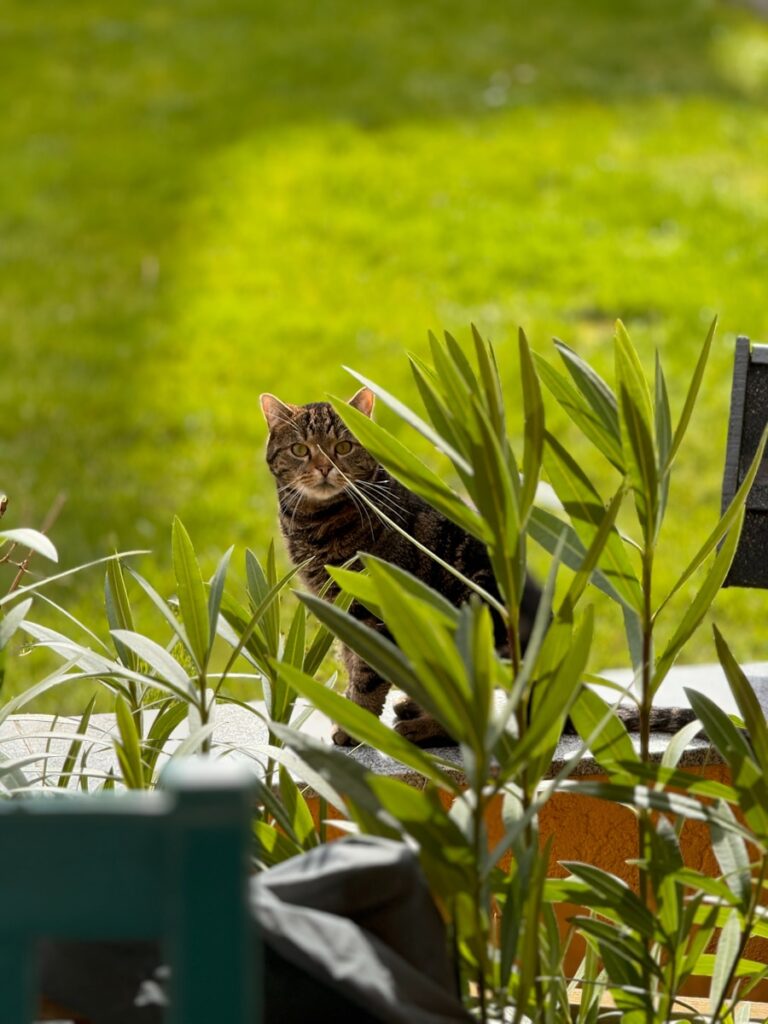
Predators such as outdoor cats and hawks quickly learn the patterns of bird activity around static feeders, making these locations potential hunting grounds. Consistently rotating your feeders helps disrupt these predator patterns and reduces the risk to the birds visiting your yard. Each time you change a feeder’s location, predators must readjust their hunting strategies, which often gives birds a temporary advantage. Additionally, varying the placement of feeders allows you to test locations that might offer better protection, such as positions with quick access to dense shrubbery where smaller birds can quickly retreat from threats. Some bird enthusiasts coordinate their rotation schedules with observed predator activity, moving feeders more frequently when they notice increased hunting behavior around their feeding stations.
Protecting Your Landscape
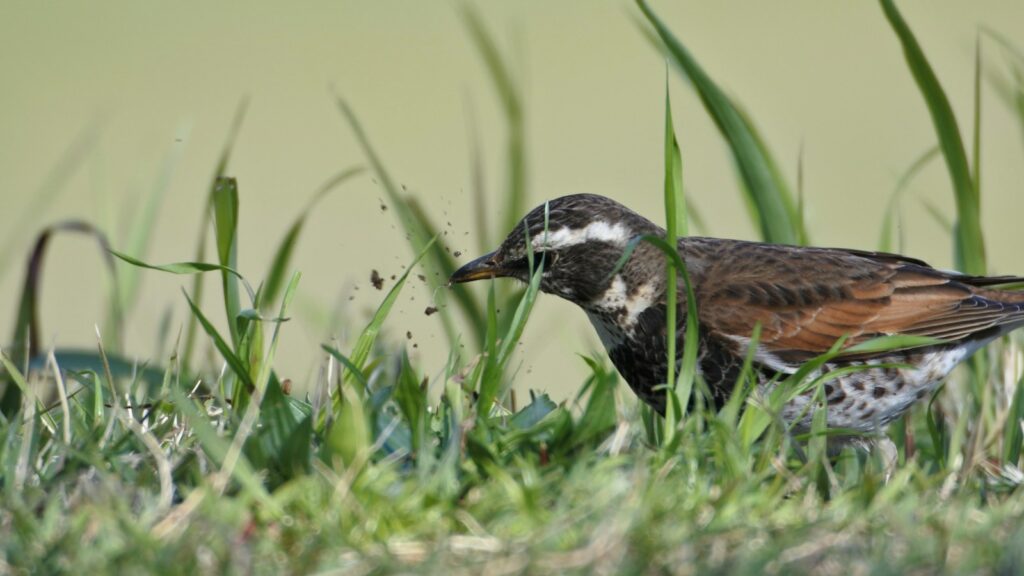
The concentrated activity around a permanently positioned bird feeder can take a toll on your landscape over time. Seed hulls, droppings, and constant foot traffic from birds can damage grass, inhibit plant growth, and create bare patches in your yard. Rotating feeders allows these impacted areas to recover between uses, preserving the aesthetic and ecological health of your outdoor space. The natural decomposition process can work more effectively when given time between periods of heavy use, breaking down organic matter and reincorporating nutrients into the soil. Many gardeners find that this rotation practice actually improves soil fertility in the long run, as the bird activity introduces beneficial nitrogen and other nutrients that enrich the soil after being properly decomposed.
Establishing an Effective Rotation Schedule

Creating a workable rotation schedule depends on several factors, including the size of your yard, the number of feeders you maintain, and the density of bird visitation. For most homeowners, rotating feeders every two to four weeks provides an effective balance between maintenance effort and benefit. However, during periods of high bird activity or in warmer, humid climates where decomposition and pathogen growth occur more rapidly, more frequent rotation may be beneficial. Consider keeping a simple calendar or log to track your rotation pattern, noting any changes in bird behavior or species diversity that result from different positions. This documentation can help you optimize your rotation strategy over time and identify particularly successful feeder locations that you might want to include more frequently in your rotation.
Combining Rotation with Proper Cleaning

Feeder rotation works best when combined with a regular cleaning regimen for the feeders themselves. Each rotation provides an excellent opportunity to thoroughly clean and disinfect feeders before placing them in a new location. This two-pronged approach—rotating locations while maintaining clean feeding equipment—creates the healthiest possible environment for your avian visitors. A proper cleaning routine involves emptying old seed, scrubbing with hot, soapy water, disinfecting with a mild bleach solution (one part bleach to nine parts water), thorough rinsing, and complete drying before refilling. Some bird enthusiasts maintain extra feeders specifically to allow for this cleaning process without interrupting feeding opportunities, swapping clean feeders in as others are removed for maintenance.
Seasonal Considerations for Rotation
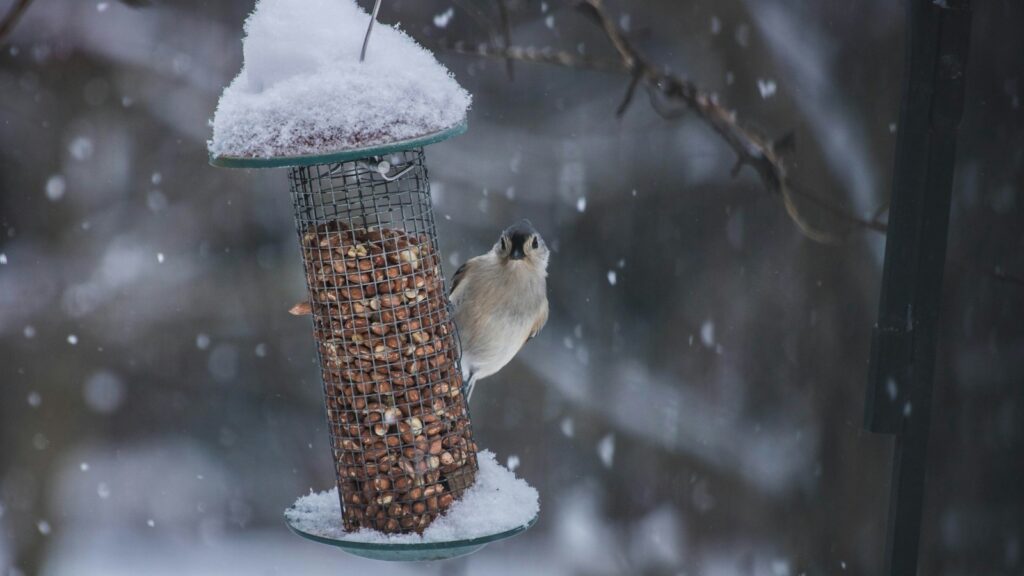
The benefits of feeder rotation vary with the seasons, and adapting your approach throughout the year maximizes its effectiveness. During spring and fall migration periods, more frequent rotation helps accommodate the increased number and diversity of birds passing through your area. Summer’s heat and humidity accelerate decomposition and pathogen growth, potentially necessitating more frequent moves to prevent disease spread. Winter rotation may need to account for snow cover and accessibility, with some locations becoming more or less suitable depending on snow depth and drifting patterns. Many experienced bird feeders develop seasonal rotation plans, with more locations incorporated during migration periods and fewer, more strategic positions maintained during harsh winter conditions when birds depend more heavily on reliable food sources.
Adapting Rotation for Different Feeder Types
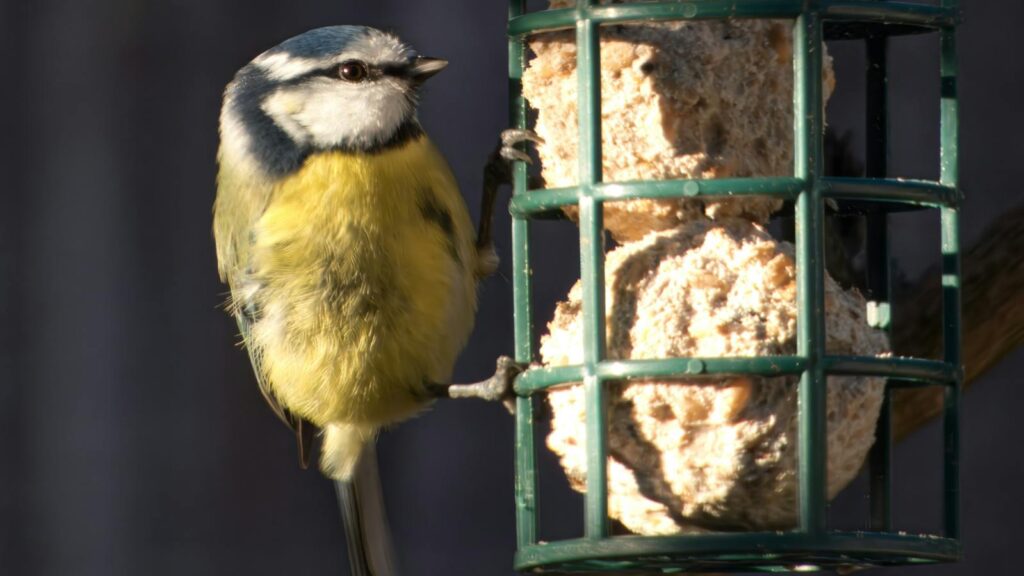
Different types of feeders benefit from customized rotation approaches based on their specific characteristics and the birds they attract. Seed feeders typically accumulate the most waste and benefit from the most frequent rotation, especially tube feeders that concentrate activity in a small area. Suet feeders often create less ground mess but can still benefit from rotation to prevent dominant woodpeckers from monopolizing access. Hummingbird feeders may require less ground-focused rotation but still benefit from position changes to prevent territorial behavior among these highly aggressive little birds. Specialized feeders for specific foods, such as nyjer seed for finches or mealworms for bluebirds, can be rotated strategically to target these species’ preferred habitats within your yard, maximizing their effectiveness while still preventing the problems associated with static placement.
Monitoring and Adjusting Your Rotation Strategy
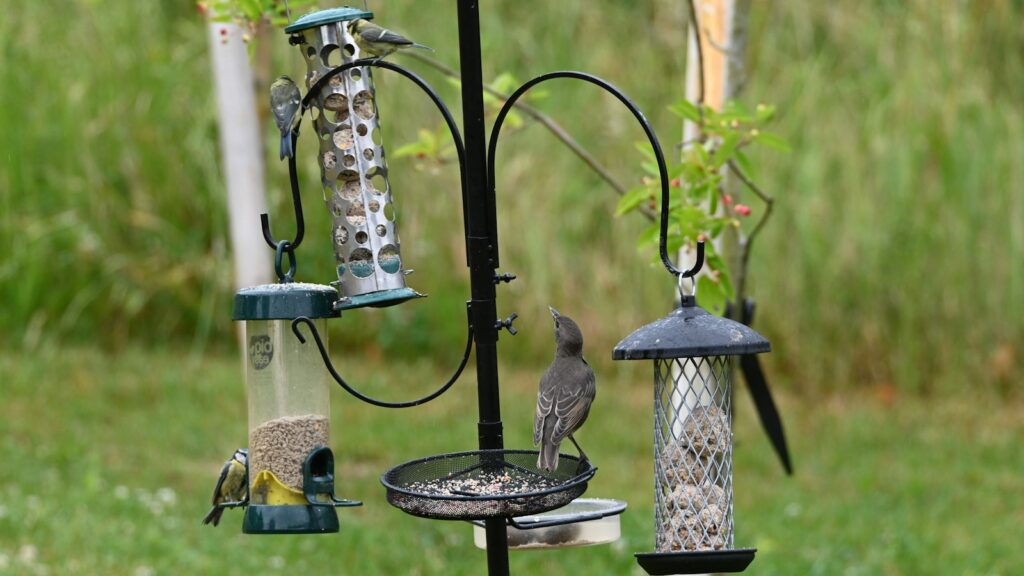
The most successful bird feeding enthusiasts treat rotation as an evolving practice that benefits from careful observation and adjustment. Pay attention to how birds respond to different feeder locations, noting changes in visitation patterns, species diversity, and feeding behavior. You may discover that certain positions consistently attract more birds or a greater variety of species, which might suggest extending the time feeders spend in these prime locations. Conversely, if you notice signs of soil compaction, plant damage, or decreased bird activity at particular sites, you might shorten the duration at these spots or remove them from your rotation entirely. This responsive approach to rotation transforms it from a simple maintenance chore into an engaging aspect of the bird feeding hobby that deepens your understanding of avian behavior and preferences.
Conclusion
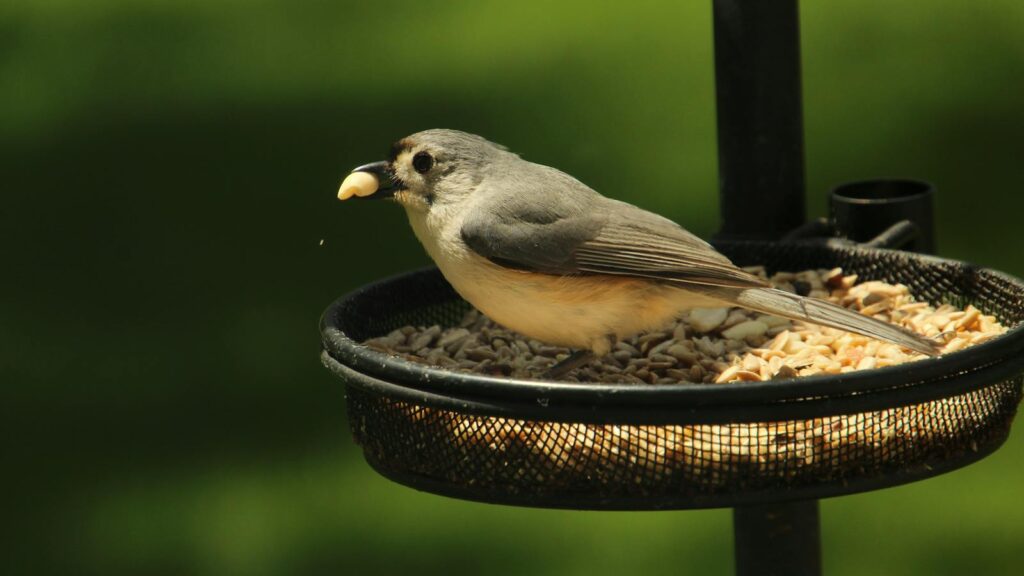
Rotating your bird feeders represents one of the most impactful yet straightforward practices you can adopt to improve your bird feeding experience. This simple habit delivers multiple benefits—from preventing disease and reducing parasite pressure to encouraging natural behaviors and attracting a wider variety of species. By incorporating regular rotation into your bird feeding routine, you demonstrate a commitment to the health and wellbeing of your feathered visitors while potentially enhancing your own enjoyment and observation opportunities. Whether you’re a casual bird enthusiast or a dedicated birder, feeder rotation deserves a place in your regular maintenance schedule, creating a healthier environment for birds and a more dynamic and rewarding backyard birding experience.
